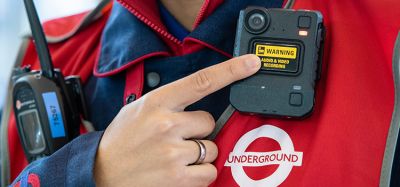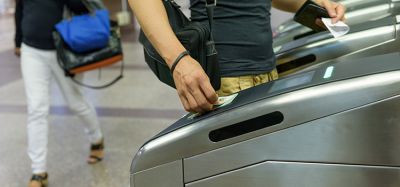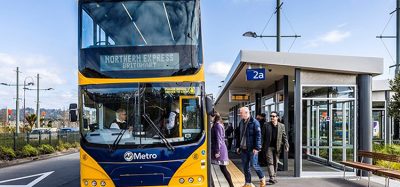Research begins into the public’s reaction of driverless vehicles
- Like
- Digg
- Del
- Tumblr
- VKontakte
- Buffer
- Love This
- Odnoklassniki
- Meneame
- Blogger
- Amazon
- Yahoo Mail
- Gmail
- AOL
- Newsvine
- HackerNews
- Evernote
- MySpace
- Mail.ru
- Viadeo
- Line
- Comments
- Yummly
- SMS
- Viber
- Telegram
- Subscribe
- Skype
- Facebook Messenger
- Kakao
- LiveJournal
- Yammer
- Edgar
- Fintel
- Mix
- Instapaper
- Copy Link
Posted: 5 April 2017 | Intelligent Transport | No comments yet
The GATEway Project has begun research into public acceptance of, and attitudes towards, driverless vehicles.
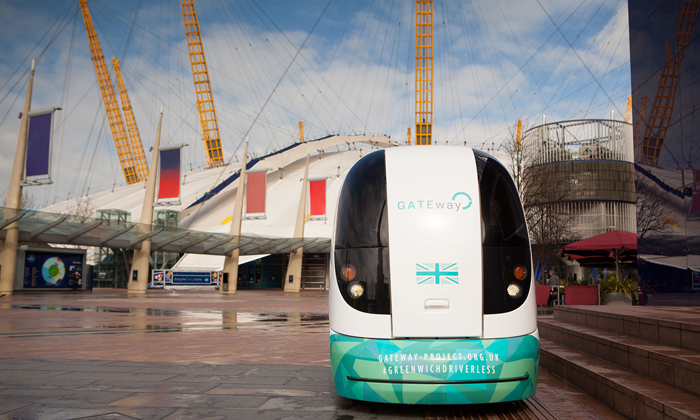

The GATEway Project has begun research into public acceptance of, and attitudes towards, driverless vehicles.
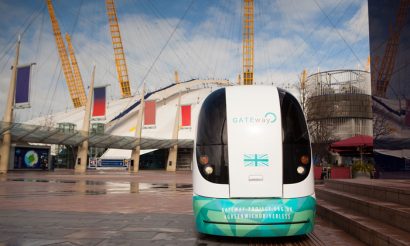

The GATEway Project (Greenwich Automated Transport Environment) is a world-leading research programme, led by TRL and funded by government and industry. It aims to demonstrate the use of automated vehicles for ‘last mile’ mobility, seamlessly connecting existing transport hubs with residential and commercial areas using a zero emission, low noise transport system.
In the latest phase of the GATEway Project, a prototype shuttle (dubbed ‘Harry’) will begin driverless navigation of a 2km route around the Greenwich Peninsula, using advanced sensors and state-of-the-art autonomy software (called Selenium) to detect and avoid obstacles whilst carrying members of the public participating in the research study.
Developed by British companies Westfield Sportscars, Heathrow Enterprises and Oxbotica (and modelled on the Heathrow PODs), the shuttle has no steering wheel or typical driver controls.
“This research is another milestone in the UK’s journey towards driverless vehicles and a vital step towards delivering safer, cleaner and more effective transport in our cities,” said Professor Nick Reed, Academy Director at TRL. “It is critical that the public are fully involved as these technologies become a reality. The GATEway Project is enabling us to discover how potential users of automated vehicles respond to them so that the anticipated benefits to mobility can be maximised.”
Research trials
The shuttle trial is one of a number of trials taking place as part of the GATEway Project – other trials include automated urban deliveries, remote teleoperation demonstrations, exploring how automated vehicle systems work for people with additional travel needs, and high-fidelity simulator tests to investigate how drivers of regular vehicles respond and adapt their behaviour to the presence of automated vehicles on the roads.
These research findings will guide the wider roll-out of automated vehicle technology in all forms of surface transport, including cars, lorries and buses.




